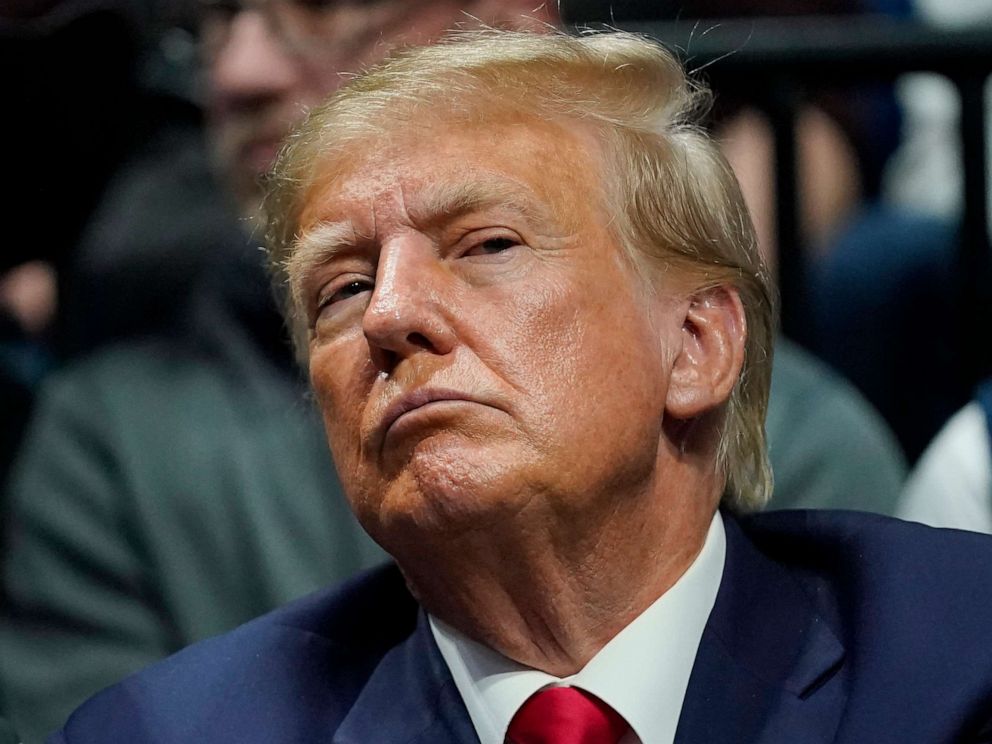Donald Trump – 45th and 47th President of the United States (2017 -2021; 2025+) – has rosacea, a reddening skin condition that he takes antibiotics to combat.
Makeup artists have also speculated that Trump’s facial colouring suggests he uses self-tanner or a tanning bed – partly to make him look younger and partly to cover up the rosacea on his nose.
Or is this fake news (nose!)?

He takes finasteride for hair loss, a long acting tetracycline (an antibiotic) for his rosacea, a statin for cholesterol and low dose aspirin to reduce his risk of a stroke or heart attack.
Rosacea is a chronic inflammatory disorder (presumed autoimmune), similar to acne. Over time, rosacea can thicken the skin on the nose, causing the nose to appear bulbous (rhinophyma). This occurs more often in men than in women.
Tetracyclines (e.g. doxycycline and minocycline) have been the mainstay of treatment since the 1950s. They have both anti-inflammatory and antibiotic capacities.
Low doses are normally used to provide more of an anti-inflammatory effect than an antibiotic (antibacterial) effect.
Other resource
Donald Trumps hands: bruises or vasculitis
Donald Trump’s latest medical record

